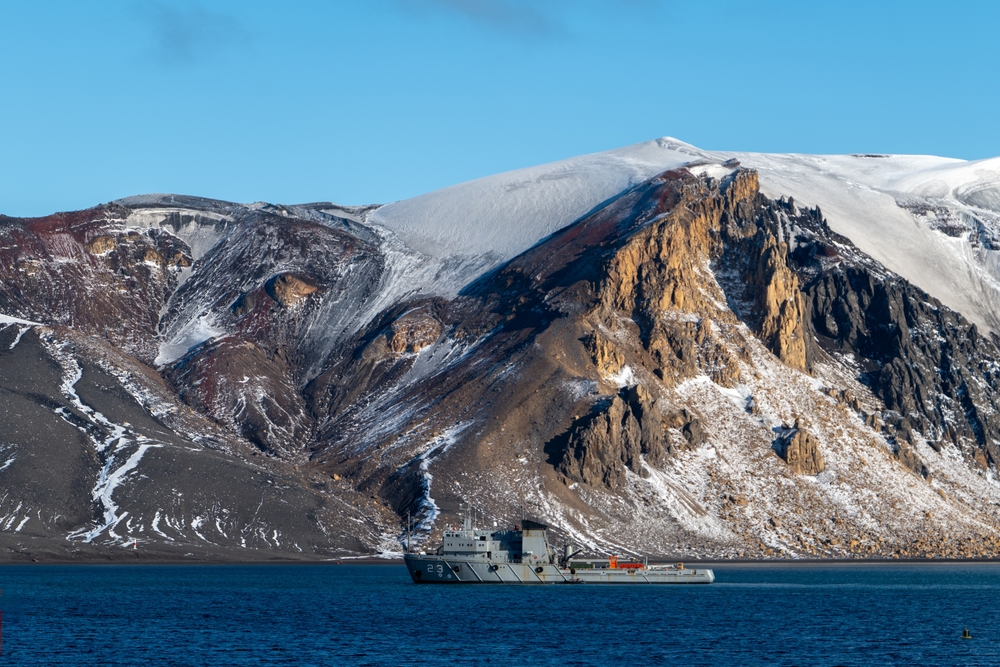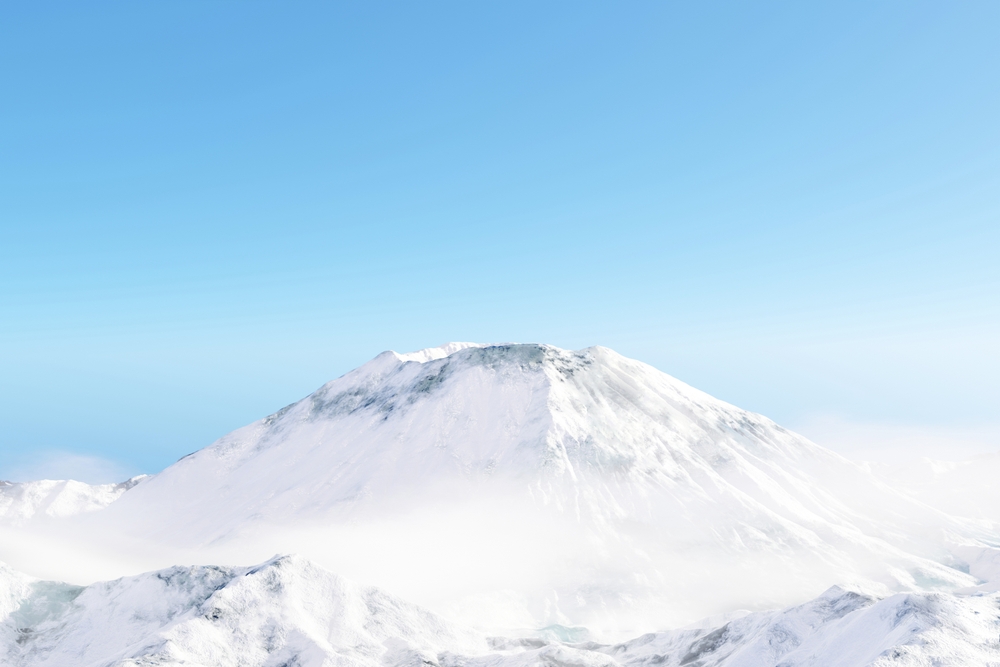As global temperatures continue to rise, scientists are sounding the alarm about a growing and unexpected threat. Melting Antarctic ice could trigger volcanic eruptions hidden beneath the surface of the frozen continent.
While Antarctica may seem like a place of icy silence, it is anything but inactive underneath. Massive glaciers stretch for miles, masking a network of dormant volcanoes that have been sealed in place for thousands of years. But now, that icy seal is disappearing.
Antarctica has long been viewed as a remote wilderness, isolated from the rest of the world’s environmental and geological events. However, new research is revealing a different story—one where climate change isn’t just melting glaciers and raising sea levels. It may also be setting the stage for volcanic activity deep below the ice.
This phenomenon is tied to pressure. The colossal weight of ice acts like a lid on a pressure cooker, keeping magma contained beneath the Earth’s crust. As the ice melts, that lid loosens. Scientists refer to this as glacial unloading, and they’ve seen it before. In places like Iceland and Alaska, volcanic eruptions followed periods of significant ice melt. Now, Antarctica could be next.
The stakes are high. Volcanic eruptions beneath the ice could accelerate ice loss, contribute to sea-level rise, and alter climate patterns around the world. The concern is no longer theoretical. With each passing year of record-breaking heat, the chance of awakening ancient forces under the continent grows.
As researchers work to understand what lies beneath, they warn that the melting ice in Antarctica is more than just a climate issue—it could be a geological tipping point.
How Ice Loss Triggers Eruptions
Glaciers do more than store water. They weigh down the crust below, keeping magma chambers under control. When ice melts, it reduces that weight. This change in pressure allows magma to move closer to the surface. Eventually, it may lead to an eruption.
This process, known as glacial unloading, has already occurred in Iceland and Alaska. After glaciers retreated there, volcanic activity increased.
Antarctica’s ice is thicker, making the pressure drop from melting Antarctic ice even more significant.
Dr. Robert Bingham from the University of Edinburgh said, “If one volcano erupts, it could destabilize others nearby. It’s a cascade effect.”
Volcanoes Lurking Beneath the Ice Sheet
In 2017, researchers discovered 91 previously unknown volcanoes beneath Antarctica’s ice. These are in addition to 47 already identified. Most lie within the West Antarctic Rift System, an area prone to tectonic shifts. These volcanoes vary in size—some reach 4,000 meters in height.
Many are dormant, not extinct. As melting ice in Antarctica continues, scientists worry these volcanoes may become active again. This region may hold one of the densest volcanic networks on Earth. But due to the thick ice, it remains poorly studied.

Dr. Hugh Corr from the British Antarctic Survey explained, “Volcanic heat plays a role in melting the base of the ice sheet.” If eruptions occur, they could rapidly increase ice loss and shift the stability of the entire region.
Melting Ice and Eruptions Fuel Each Other
Volcanic eruptions under the ice do more than release lava. They can melt vast areas from below, forming hidden lakes. That meltwater weakens ice shelves and may lead to collapses. Nearby glaciers could destabilize, raising sea levels quickly.
Ash from eruptions darkens ice surfaces. This causes the ice to absorb more sunlight and melt faster. Together, these effects form a feedback loop. Melting Antarctic ice increases volcanic risk, and eruptions increase melting.
Scientists have already found signs of geothermal heat beneath West Antarctica. Hot spots sit under Thwaites and Pine Island Glaciers—two of the fastest-melting on the continent. These glaciers rest above active ground, making the area highly unstable.

Volcanic Eruptions Could Have Global Consequences
The threat isn’t limited to Antarctica. If eruptions occur, the impact could spread worldwide. Volcanoes emit carbon dioxide and sulfur dioxide. These gases affect weather patterns and can warm or cool the climate. Ash clouds can also travel far. They disrupt air travel and affect visibility across continents.
If eruptions cause major ice loss, sea levels could rise faster than current predictions. This would endanger many coastal cities.
Melting ice in Antarctica could unleash more than water. It might trigger eruptions that affect global systems we rely on.
Dr. Bingham cautioned, “We’re not saying this will happen tomorrow. But the conditions are aligning in ways we’ve never seen before.”
Final Thoughts: A Growing Risk We Can Still Slow Down
Antarctica is not just frozen wilderness. It’s a dynamic region where climate, ice, and geology interact in surprising ways.
Volcanoes beneath the ice have long been silent. But melting Antarctic ice is changing that. The threat goes beyond lava or ash. Eruptions can speed up ice loss, raise sea levels, and shift climate systems.
This isn’t only about the South Pole. Melting ice in Antarctica could have consequences across the world. We still have time to act. Reducing emissions can slow the melting and keep volcanoes dormant.
But time is running out. As the ice continues to retreat, the Earth below may begin to stir.
Read More: Experts Caution That One Of America’s Most Hazardous Volcanoes Is Preparing For A Major Eruption

